In recent years, gluten-free baking has gained significant popularity, not just among those with gluten intolerances, but also among people looking to diversify their diets and explore new culinary horizons. This baking method, free from the gluten proteins found in wheat, rye, and barley, requires a unique set of ingredients and techniques. In this guide, we will delve into the essentials of gluten-free baking, including what gluten is, the benefits of baking without it, and the variety of flours and grains that can be used to create delicious gluten-free baked goods.
WHAT IS GLUTEN?
Gluten is a group of proteins found in wheat and related grains like barley and rye. It is responsible for the elastic texture of dough, helping it rise and maintain its shape, and giving bread its chewy texture. When water is added to flour, gluten proteins form a network that traps air bubbles, which expand during baking, giving structure and volume to baked goods.
For people with gluten sensitivity consuming gluten can lead to severe health issues, making a gluten-free diet essential.
WHAT IS GLUTEN FREE BAKING?
Gluten-free baking involves using ingredients that do not contain gluten to create baked goods. This type of baking can be more challenging because gluten plays a crucial role in the structure and texture of traditional baked products. However, with the right ingredients and techniques, gluten-free baking can yield delicious and satisfying results.
Ingredients such as – Nut flours, millets, rice flour and more can be used in gluten free baking.
BENEFITS OF GLUTEN FREE BAKING
- Healthier Digestive System: For those with gluten intolerance or celiac disease, removing gluten from the diet can alleviate symptoms such as bloating, gas, diarrhea, and stomach pain.
- Improved Nutrient Absorption: Gluten can damage the small intestine in people with celiac disease, leading to poor nutrient absorption. A gluten-free diet can help heal the intestine, improving nutrient uptake.
- Increased Dietary Variety: Experimenting with gluten-free baking introduces a variety of grains and flours into the diet, promoting diverse nutrient intake.
- Many gluten-free flours have a lower glycemic index compared to wheat flour, which can help in managing blood sugar levels.
Types of Flours Used in Gluten-Free Baking
RICE FLOUR
A staple in gluten-free baking, rice flour is mild in flavor and can be used in a variety of recipes. It’s often combined with other flours to improve texture and flavor.
NUT FLOUR
Nut flours are a fantastic addition to the gluten-free baker’s pantry. Made from finely ground nuts, these flours bring a unique flavor profile, richness, and nutritional benefits to baked goods. Nut flours are high in protein, healthy fats, and vitamins, making them an excellent choice for those looking to boost the nutritional content of their gluten-free treats.
MILLETS
Millets are small-seeded grasses that have been cultivated for thousands of years. They are naturally gluten-free and offer a range of health benefits, making them an excellent choice for gluten-free baking. Some popular millets include:
- Finger Millet (Ragi): Rich in calcium and iron, finger millet has a slightly earthy flavor. It is commonly used in Indian cuisine and can be incorporated into cakes, breads, and cookies.
- Pearl Millet (Bajra): High in protein and fiber, pearl millet has a robust flavor that pairs well with savory and sweet dishes. It can be used in flatbreads and muffins.
- Foxtail Millet: This millet has a mild flavor and is high in dietary fiber and antioxidants. It works well in baked goods like cookies and breads.
- Sorghum (Jowar): Sorghum is versatile and can be used in a variety of baked goods. It is rich in nutrients and has a mild, sweet flavor.
GLUTEN FREE RECIPES
ONE BOWL JOWAR CAKE
Jowar, also known as sorghum, is a versatile and nutritious whole grain. Its gluten-free nature and numerous health benefits make it a fantastic ingredient for various recipes. This microwave one bowl Jowar cake recipe will satisfy your cravings without compromising on nutrition.

ONE BOWL RAGI CAKE
Ragi, or finger millet, is packed with calcium, fibre, and essential amino acids, making it a powerhouse ingredient for those seeking healthier alternatives in their baking adventures. The combination of jaggery and cocoa gives it a unique twist, making it not only delicious but also packed with goodness. The best part is that its made in a microwave in just 3 minutes!

LACE COOKIES
Thin, crispy and gluten-free, these eggless lace cookies are perfect snack to make under 30 minutes.

GLUTEN FREE CHOCOLATE CAKE
With so many chocolate cake recipes out there already, this gluten free chocolate cake with rose buttercream is my absolute favourite.

HEALTHY LOW CARB KETO COOKIES
This healthy keto cookie recipe is unimaginable, like i still can not believe that this healthy treat tastes as good as the real deal. But it is completely guilt free. Also, it is perfect to consume for people who can not have sugars in their diet or people who are on keto. This keto cookie is low in carbs, has no sugar, and no flour! They are also gluten free and absolutely delicious! So it’s a win-win!

JOWAR BROWNIES
Gluten free jowar brownies emerge as a testament to the art of baking with nutritious alternatives. Picture a rich, fudgy texture, an intense chocolate flavour, and the goodness of gluten free jowar flour, creating a perfect harmony for your taste buds and well-being. Jowar, also known as sorghum, takes centre stage, offering a gluten-free, fibre-rich, and nutrient-packed foundation to our Jowar Brownies.
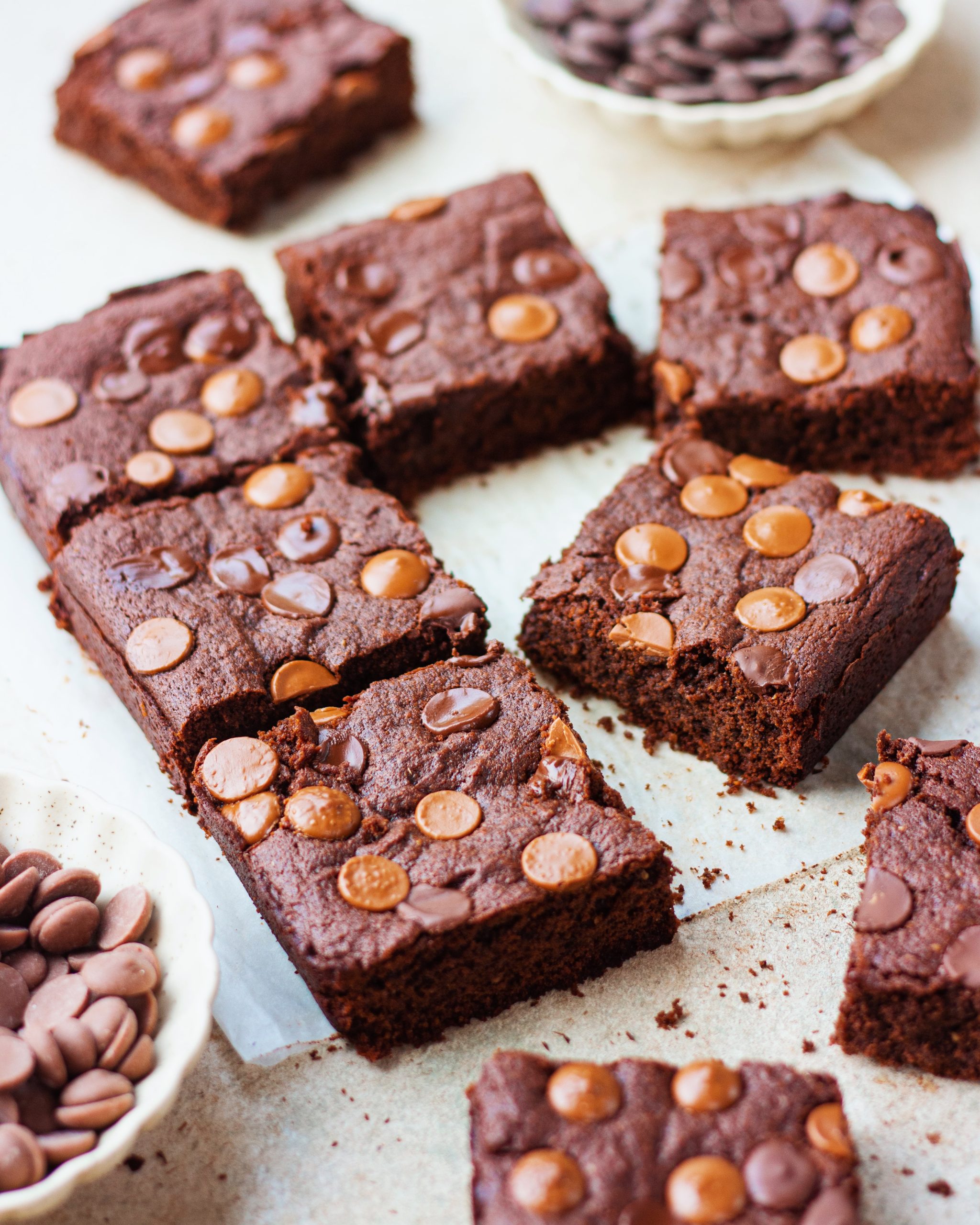
TIPS FOR GLUTEN FREE BAKING
- MIXING FLOUR- Combining different gluten-free flours can create a more balanced flavor and texture in baked goods. Experiment with ratios to find the perfect blend.
- ADJUSTING LIQUIDS-Gluten no-free flours can absorb more or less liquid than wheat flour. Adjust the amount of liquid in your recipes to achieve the desired consistency.
- BAKING TIME AND TEMPERATURE-Gluten-free baked goods might require different baking times and temperatures. Keep an eye on your products and adjust as necessary.
- FLAVOR ENHANCEMENTS-Incorporate spices, herbs, and flavorings to enhance the taste of gluten-free baked goods.
Gluten-free baking opens up a world of possibilities, allowing you to create delicious and nutritious baked goods without the challenges posed by gluten. By understanding the properties of different gluten-free flours and grains, including nutrient-rich millets, you can enjoy a diverse and satisfying baking experience. Whether you are baking for health reasons or simply exploring new culinary techniques, gluten-free baking offers endless opportunities to delight your taste buds.

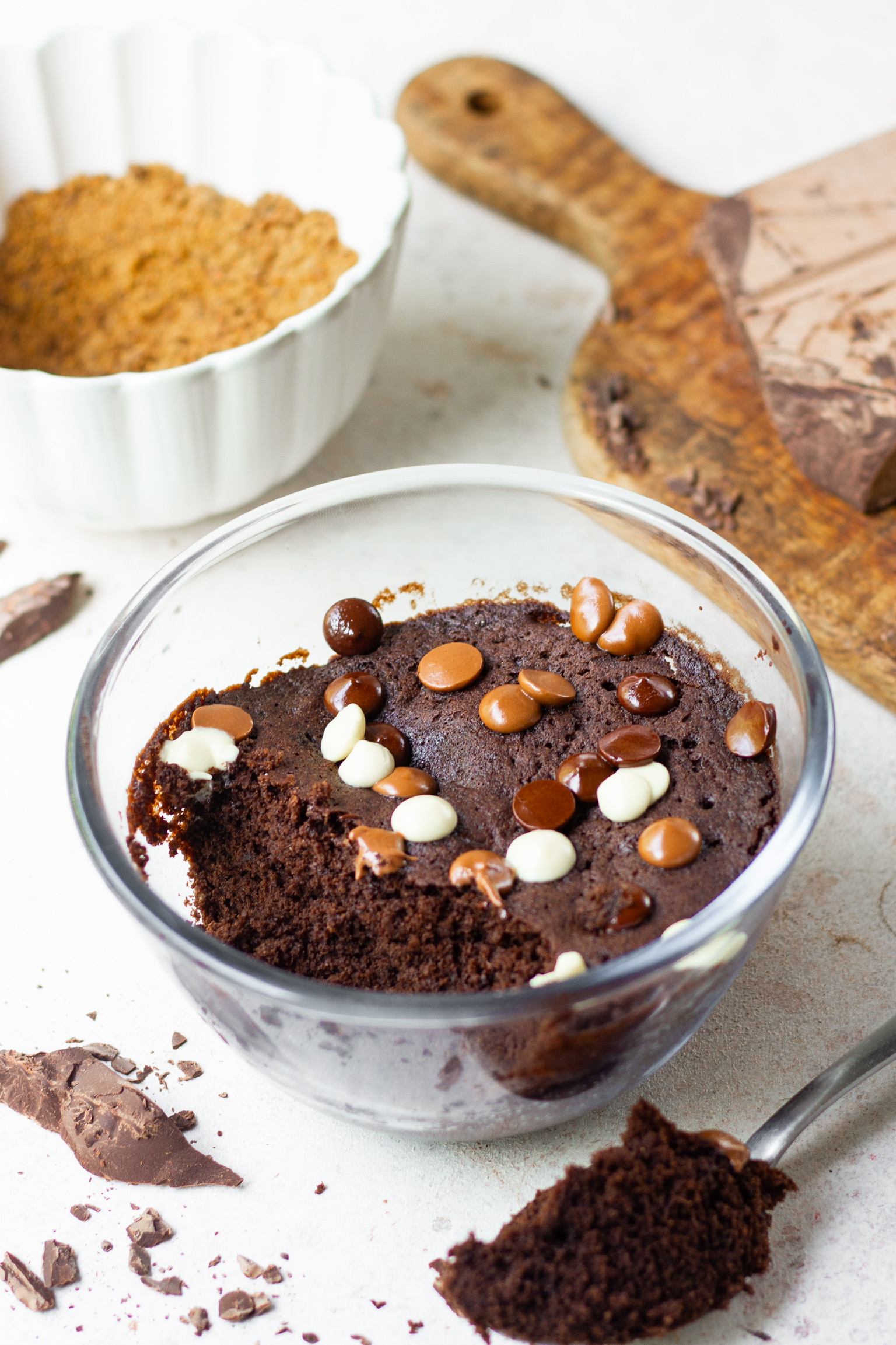
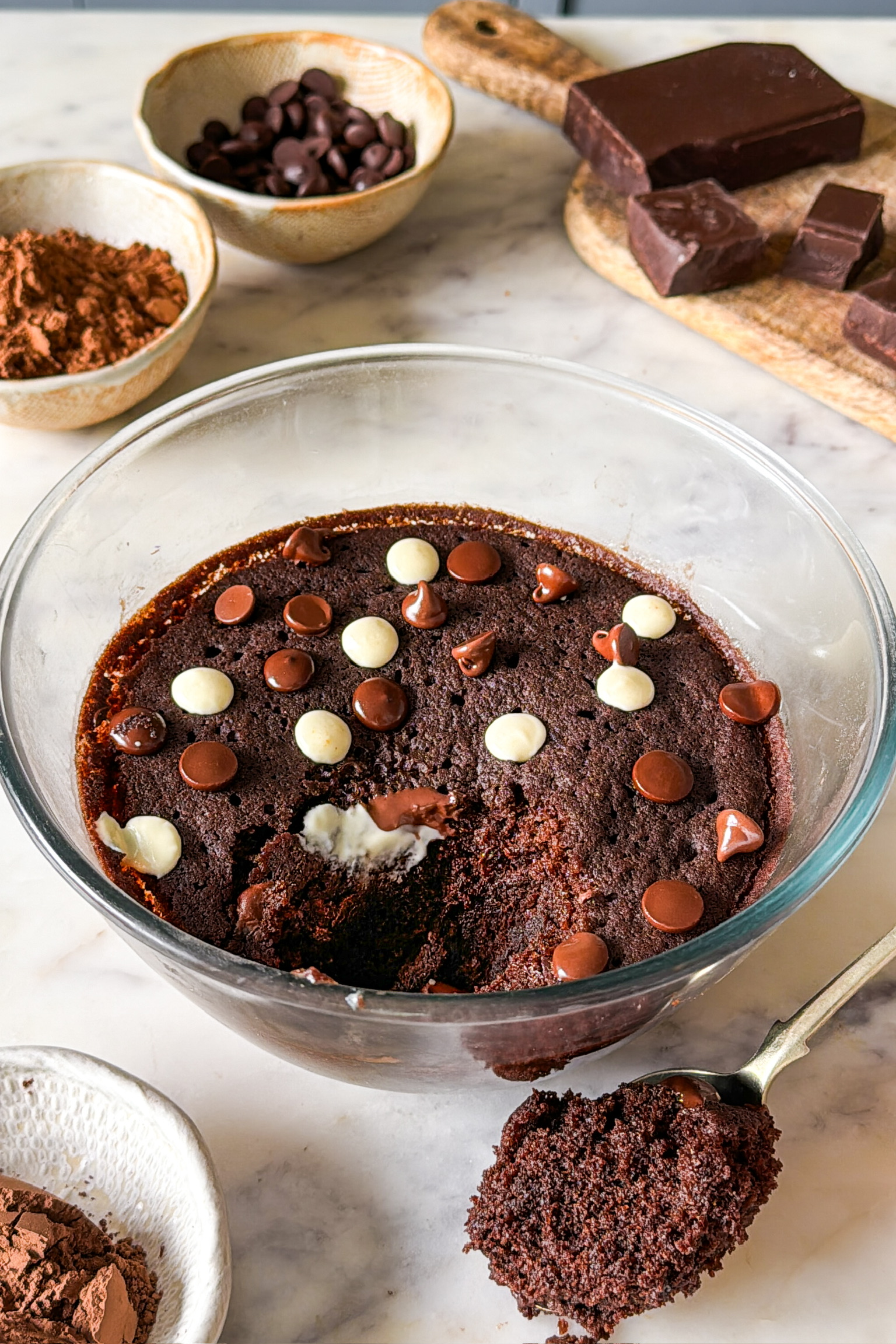
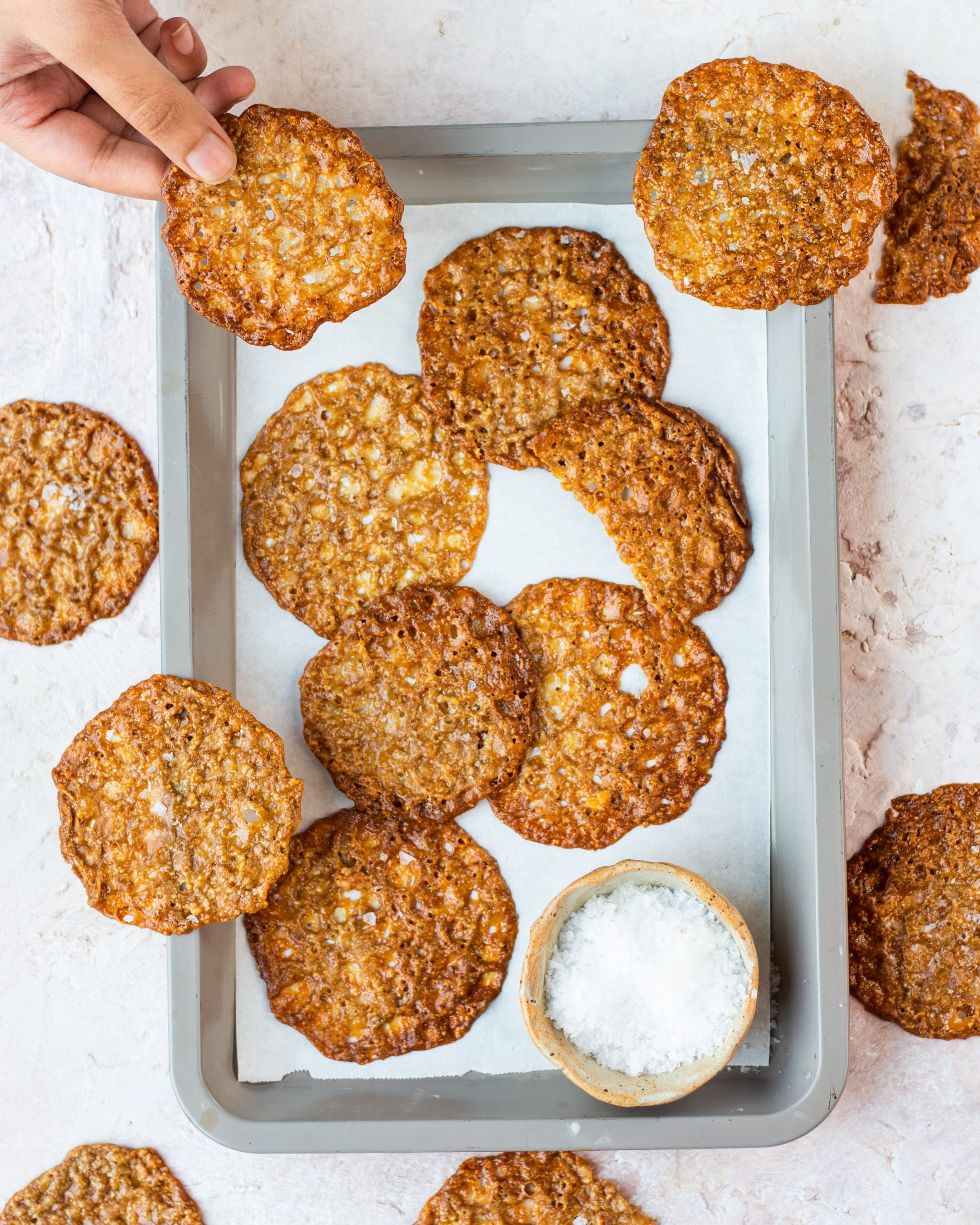
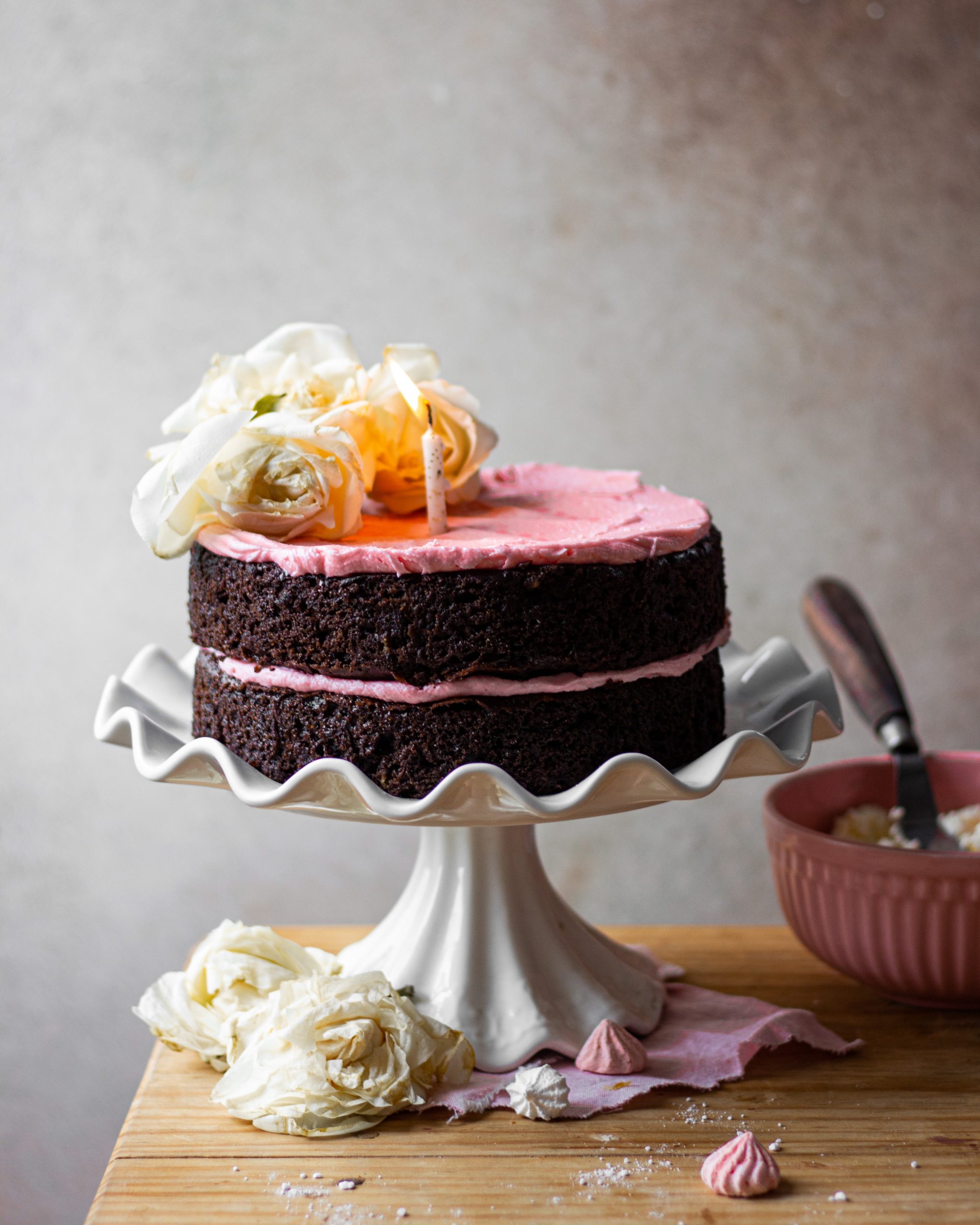
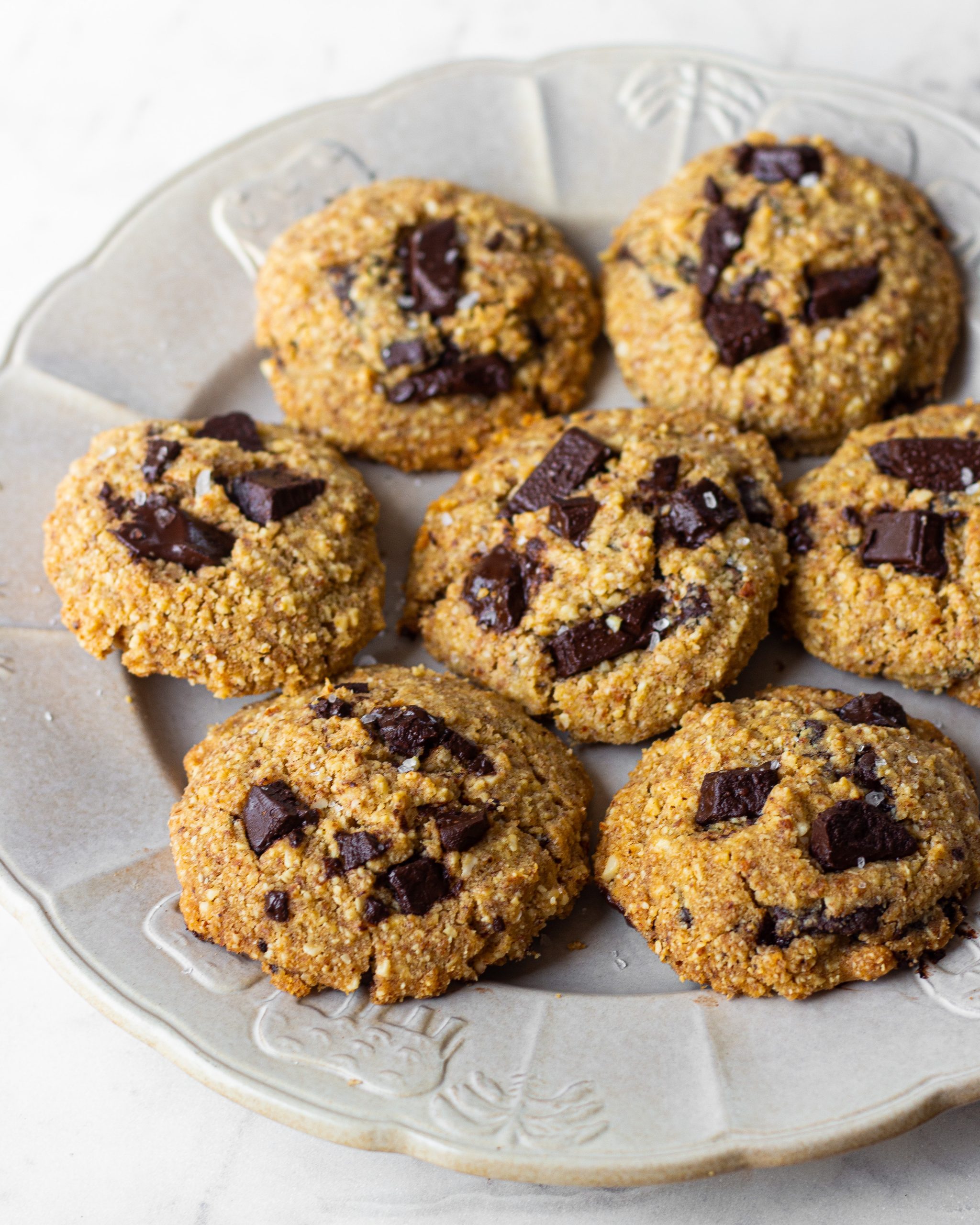
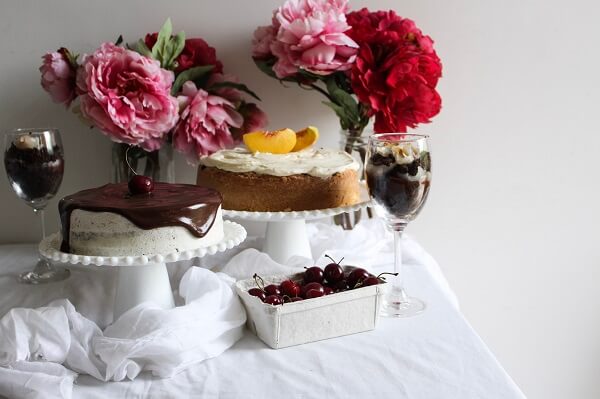 Hello. I'm Shivesh Bhatia, a food blogger and food stylist from Delhi, India. Welcome to Bake With Shivesh, where I'll help you create magic in your kitchens with my simple recipes.
Hello. I'm Shivesh Bhatia, a food blogger and food stylist from Delhi, India. Welcome to Bake With Shivesh, where I'll help you create magic in your kitchens with my simple recipes.
Leave a Reply